Richard Serra’s ‘Twain’ Sculpture Dedicated 40 Years Ago, Needs To Be Lighted
Every five years I post about Twain. Not Mark Twain, but the COR-TEN steel sculpture by Richard Serra (1938 – ) It was inaugurated 40 years ago today — May 1, 1982. St. Louis loves to hate this sculpture, bashing it is a group bonding experience. I like it, partly because so many don’t. I also like how it feels to be inside, or looking into or through the openings.
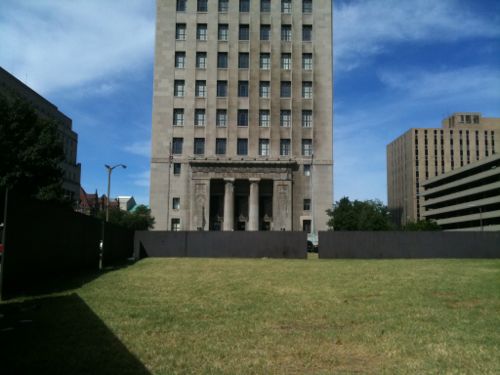
Ever since Citygarden opened across 10th Street in 2009 I’ve felt we need to connect the two — extend the wide “hallway” as envisioned by the Gateway Mall master plan. Install new wider sidewalks on the three other sides.
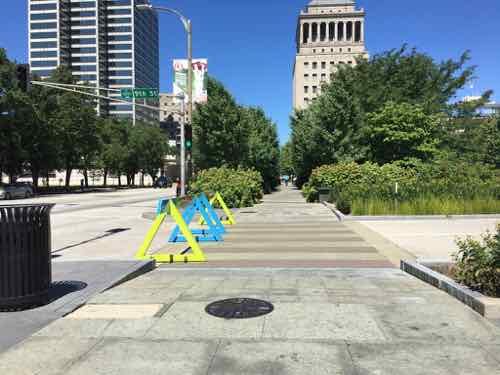
Definitely install new lighting like Twain had in 1982. Well, not big fixtures on the ground that make it hard to mow the grass — new compact LEDs flush with the ground.
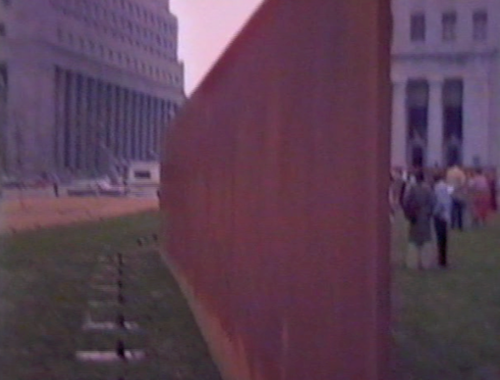
Five-10 years ago a light manufacturer was willing to temporarily mock up what new modern lighting could look like. Art patrons in St. Louis weren’t willing to cover the cost for security for the week so the installation never happened.
So Friday night my husband and I went to Twain and used an iPhone flashlight on bright to simulate what just one light would look like.
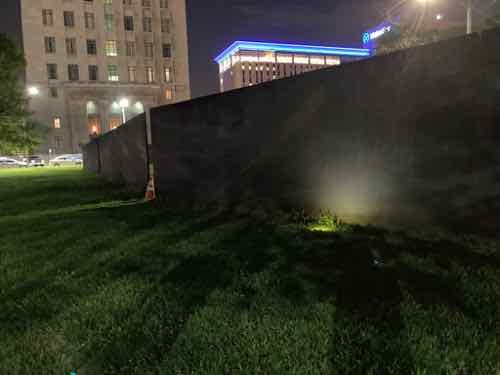
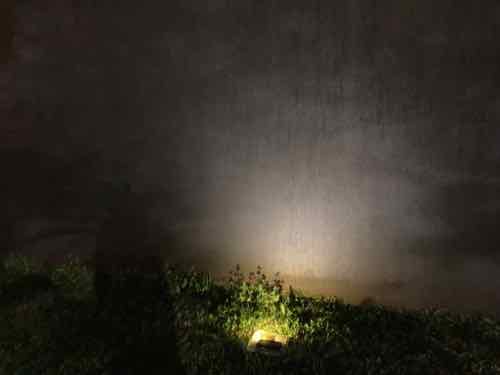
The results were worth the effort. Proper lighting could potentially change perceptions about this sculpture.
Another problem is the grass is very uneven, and the openings get very worn.
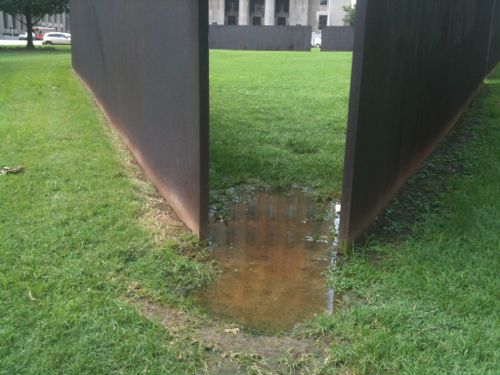
I have some ideas about a solution, but I’m very curious what the artist would say. He didn’t want any formal paths because he wanted people to be able to approach the sculpture from any point. I’d also be interested in what landscape architects would come up with, perhaps through a competition.
Again, I really like this sculpture. So much so that a year ago when Lindy Drew from Humans of St. Louis was taking my picture for post I selected Twain & Citygarden as the locations.
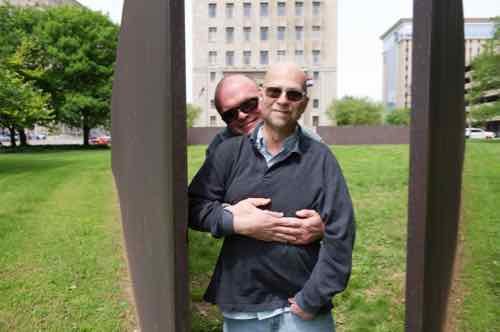
A non-profit arts organization is needed to submit an application to the Gateway Foundation to fund lighting, other work. Someone please make this happen.
— Steve Patterson
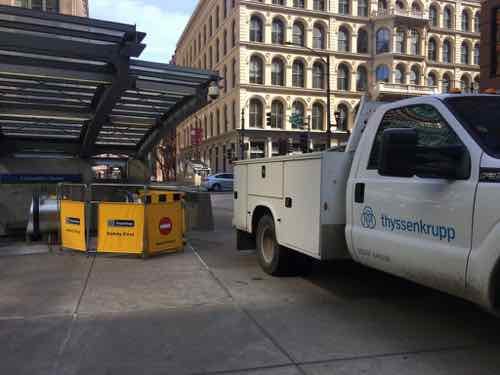
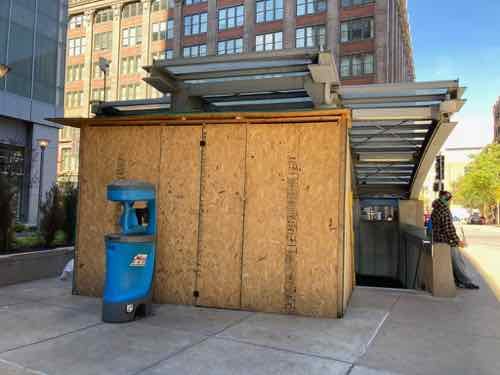
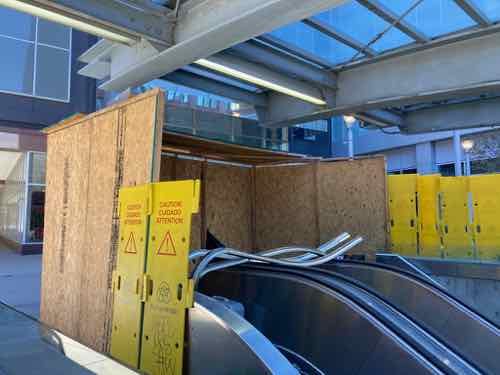
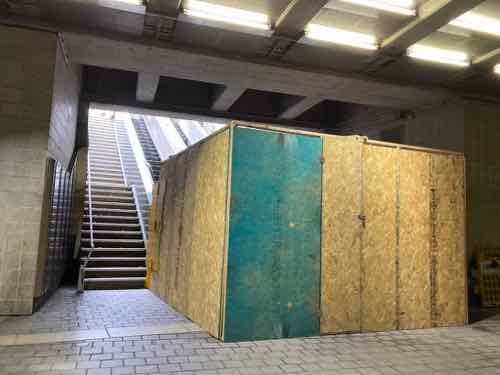
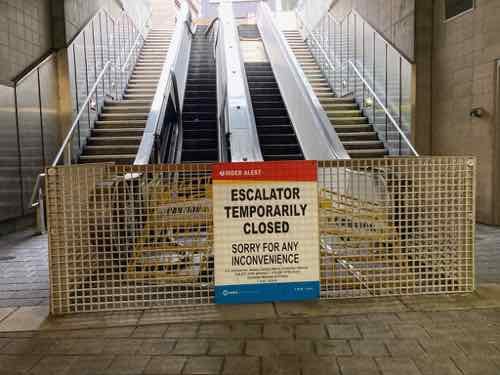
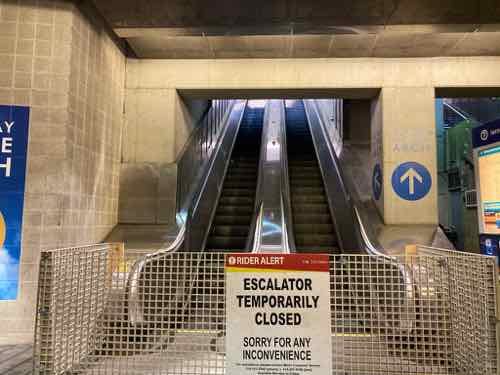
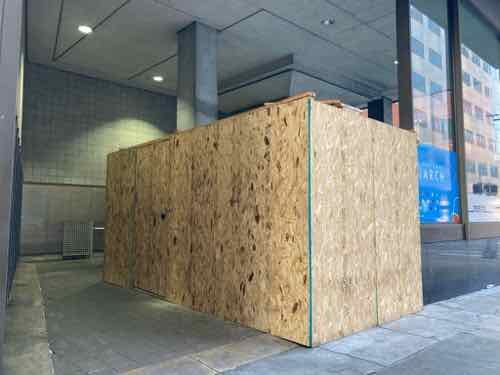
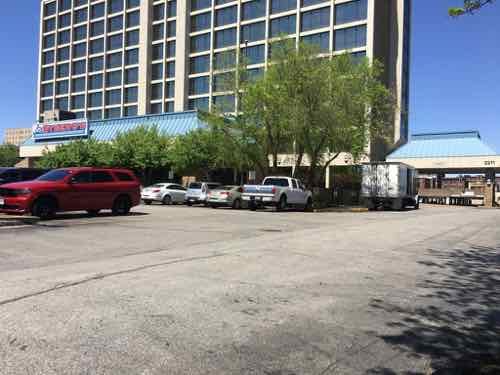
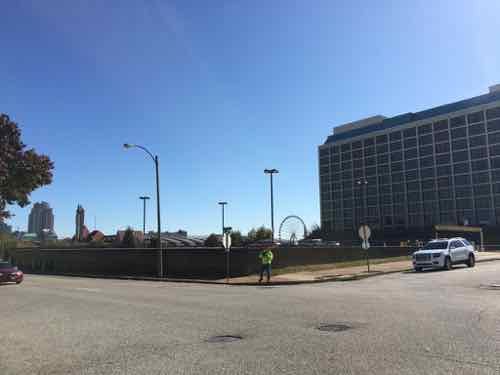
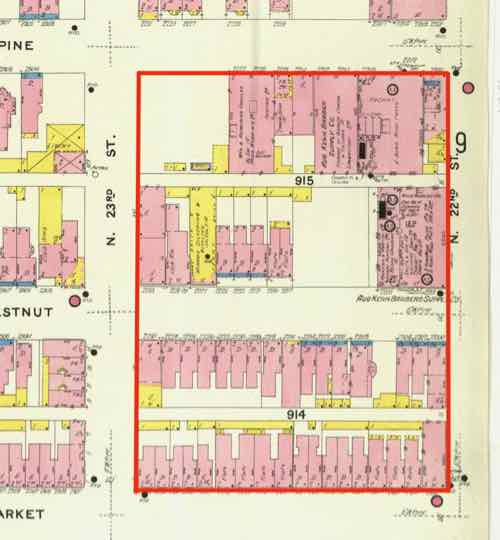
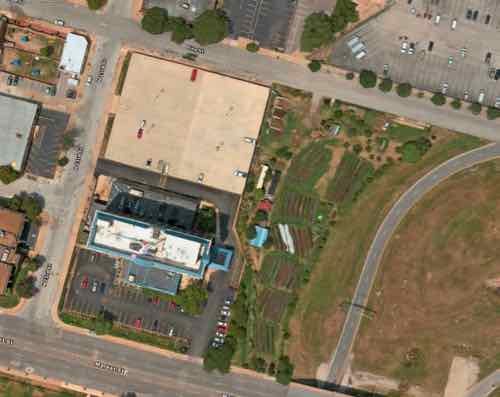
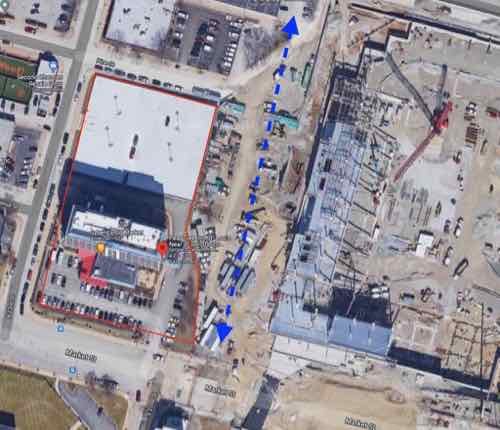
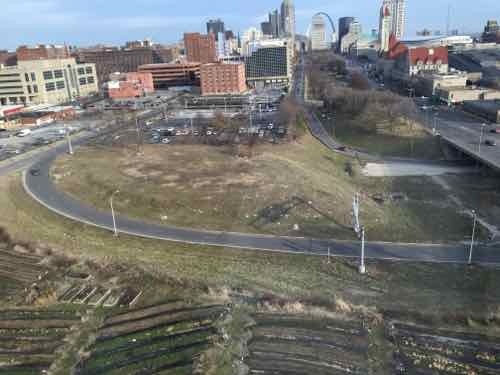
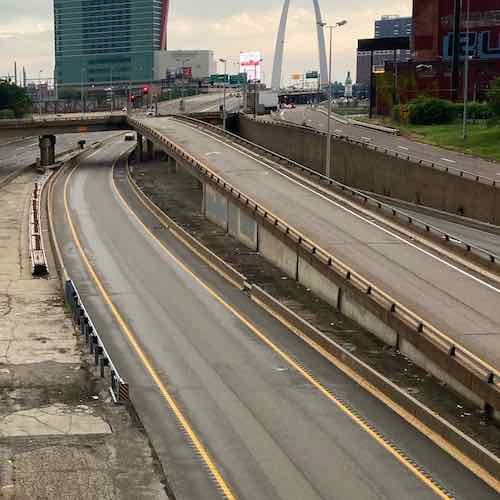
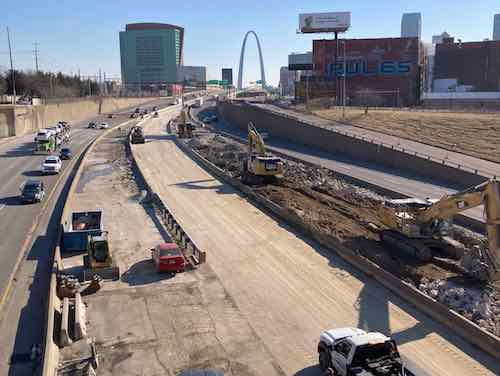

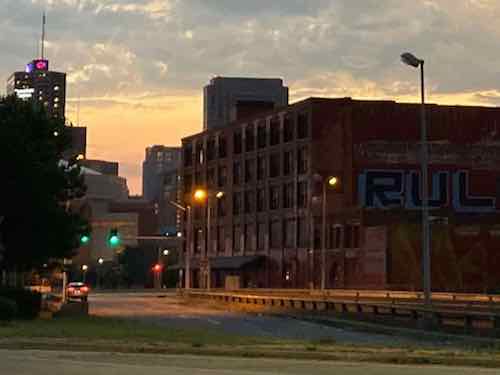
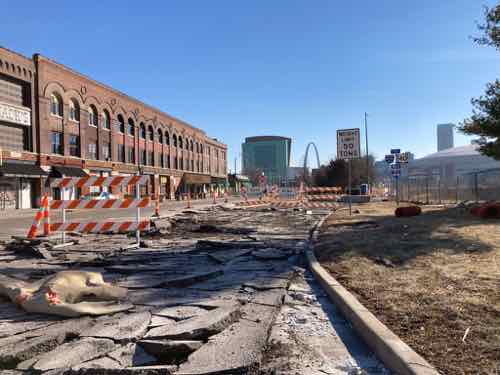
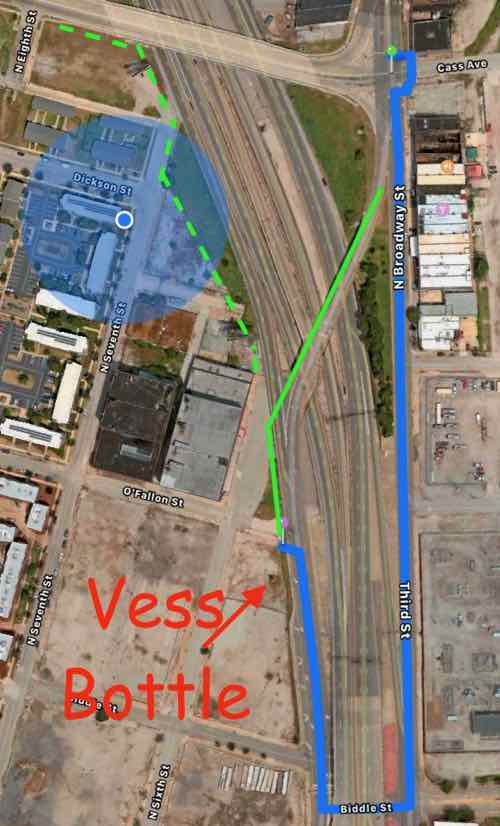
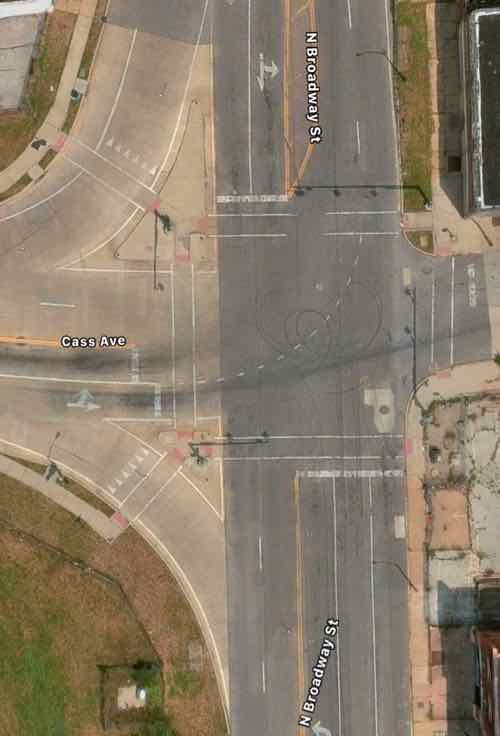
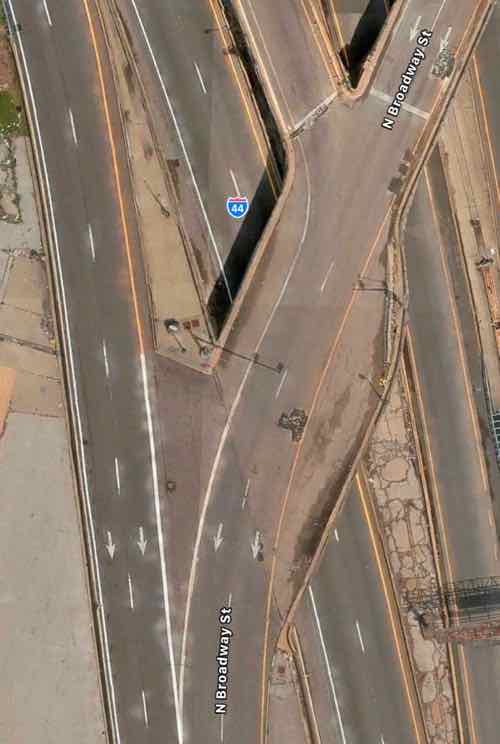
 It’s possibly human nature that causes us to look for a magical silver bullet to fix our cities, towns, and villages. Examples might include a sports team, corporate headquarters, even a
It’s possibly human nature that causes us to look for a magical silver bullet to fix our cities, towns, and villages. Examples might include a sports team, corporate headquarters, even a